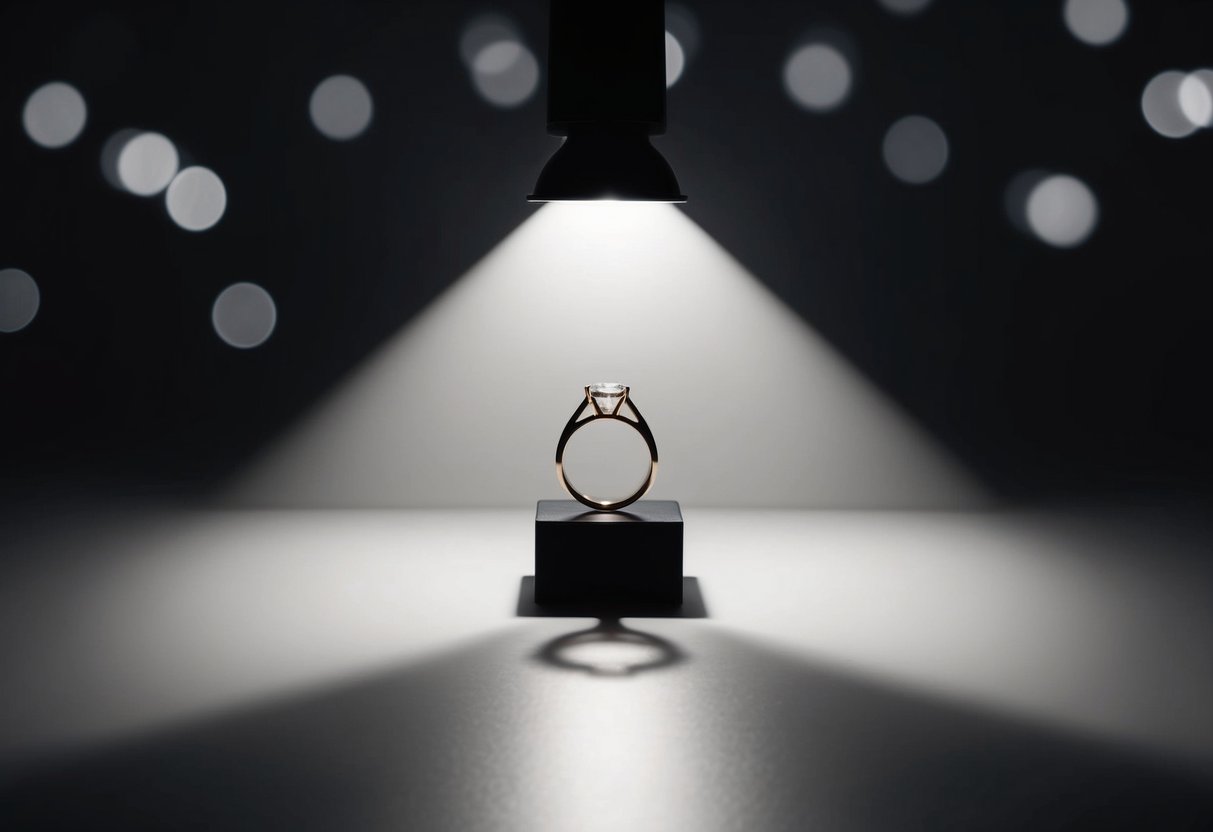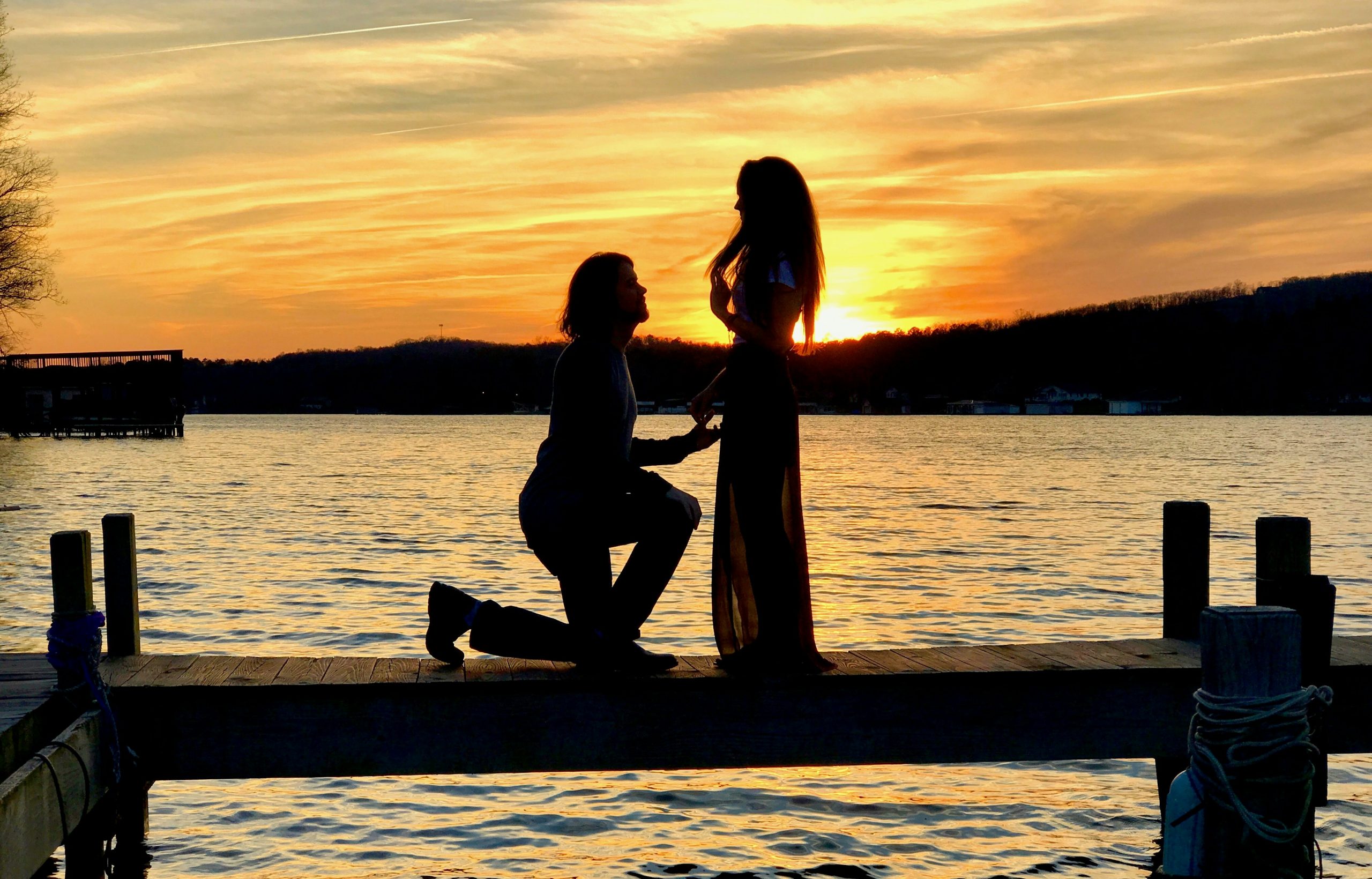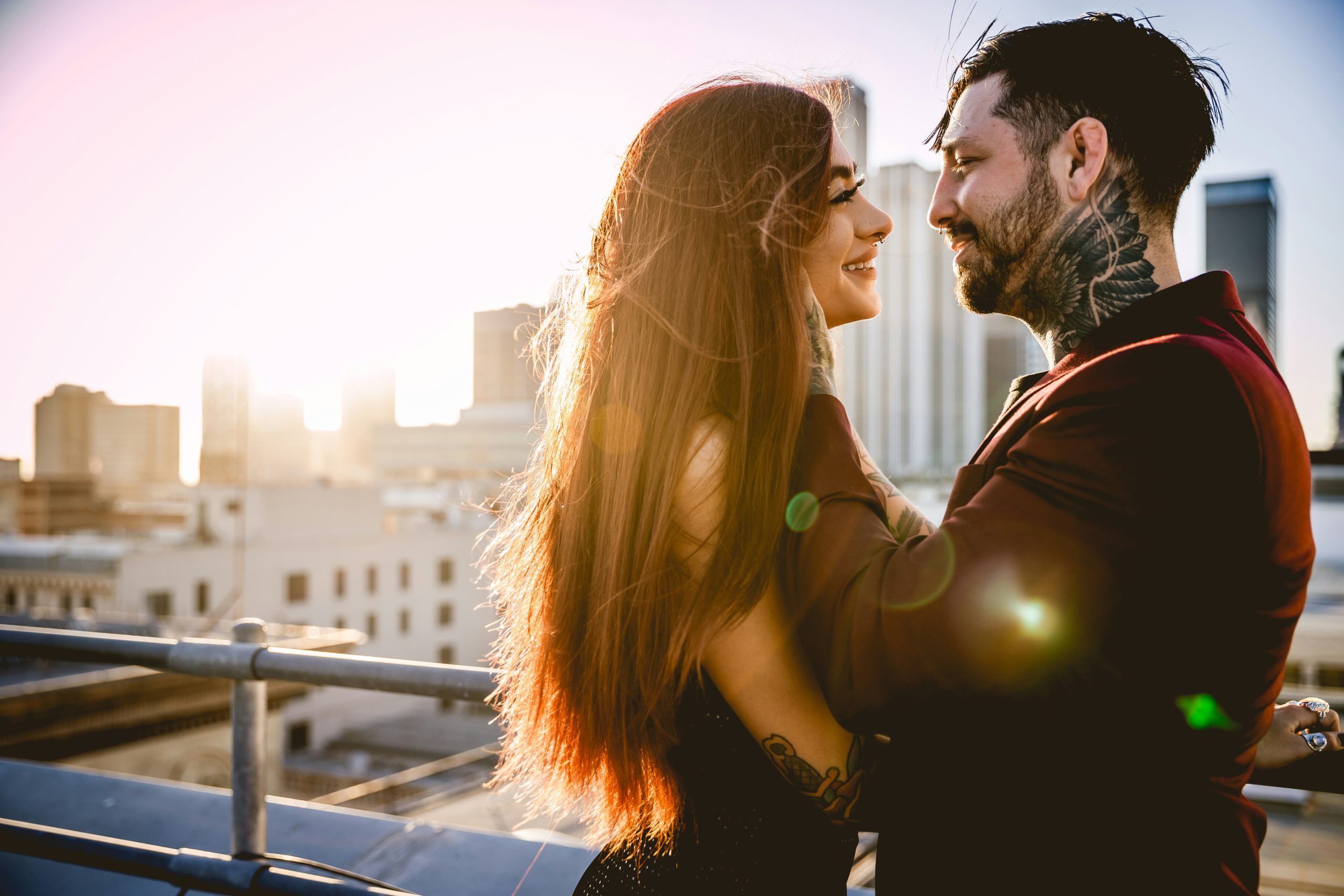Composition and Framing
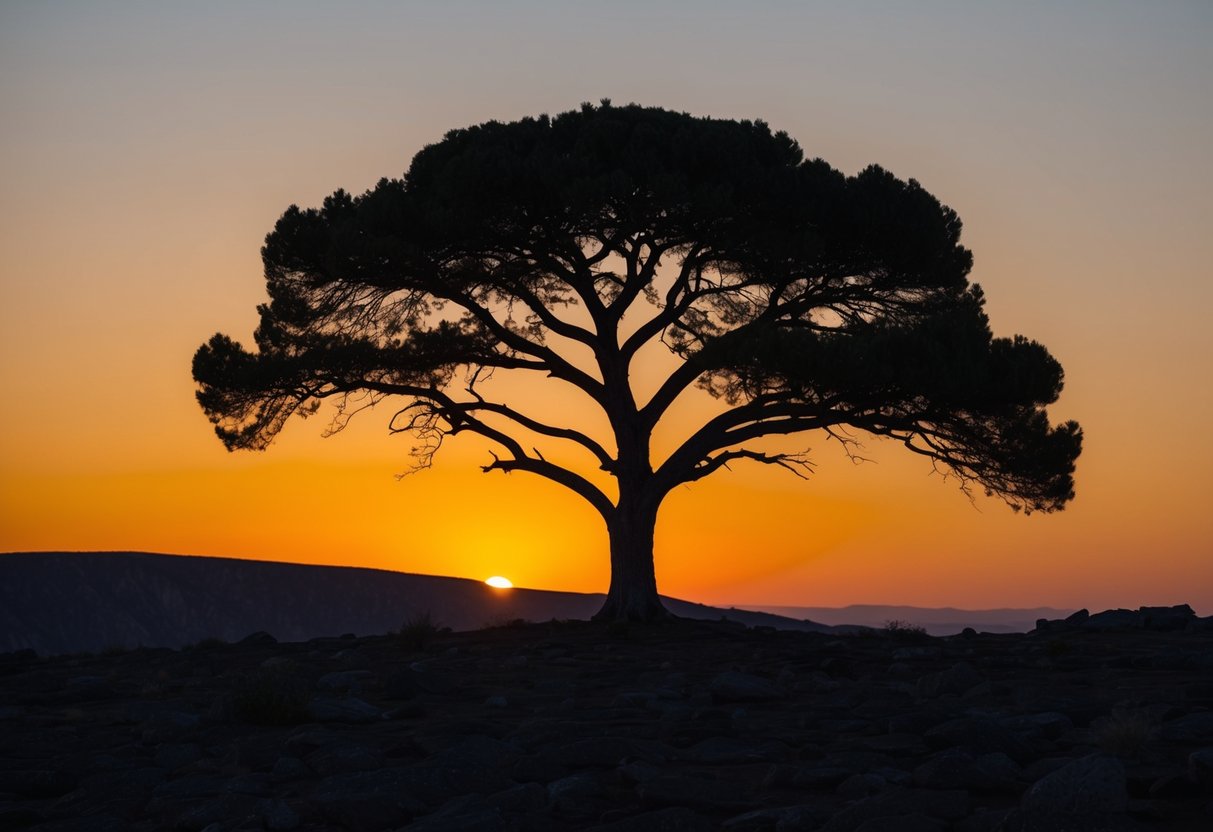
Understanding composition and framing enhances the impact of dramatic lighting in engagement photography. Paying close attention to the arrangement of subjects, balancing elements, and using depth effectively can transform a simple shot into a captivating moment.
Mastering the Rule of Thirds
The rule of thirds divides an image into nine equal sections with two horizontal and two vertical lines. Placing subjects along these lines or their intersections creates a more balanced and engaging composition.
For engagement photos, positioning the couple at one of these intersections can add interest and draw the viewer’s eye. This method can highlight the couple while providing space for intriguing elements in other areas of the frame, ensuring that the image feels dynamic and thoughtfully composed.
Using Foreground and Background
Incorporating elements in the foreground can create depth, leading the viewer’s eye directly to the main subjects. A simple archway or natural branch works well as a framing tool, adding depth and context.
Backgrounds, when chosen wisely, can complement the main subjects. A complementary background helps emphasize the couple without distracting from the emotional moment. Look for settings that naturally frame the subjects while adding mood and ambiance to the shot.
Achieving Symmetry and Balance
Symmetry and balance can bring a sense of harmony and order to a photograph. Finding or creating symmetry in a scene can help focus attention fully on the couple. Reflections, architecture, or repetitive natural patterns can offer symmetrical compositions.
Balance does not always mean symmetry. Placing a couple on one side of the image allows for creative balance by incorporating a visually significant element on the opposite side. This technique maintains interest and structure while spotlighting the primary subjects.
Setting the Scene for Engagement
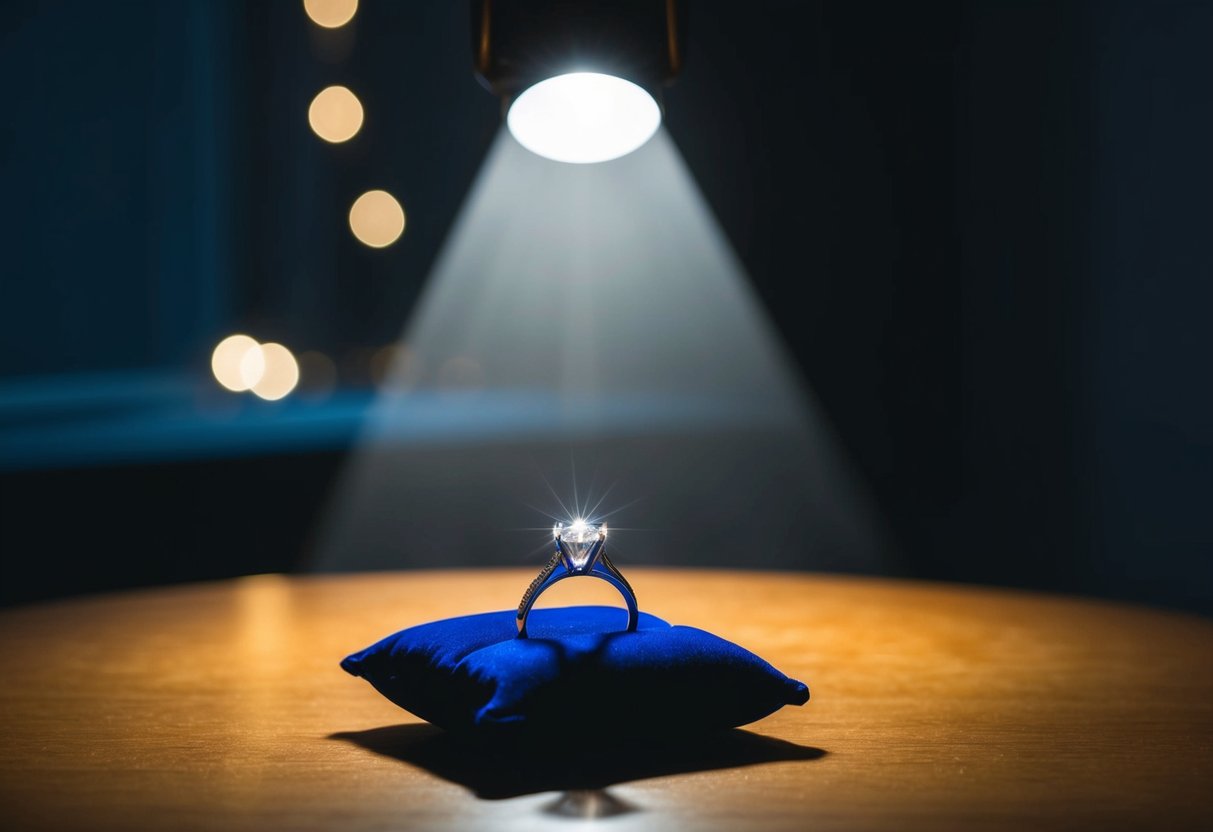
Creating memorable engagement scenes involves strategic decisions about location, timing, and elements of movement. Each contributes to the mood and overall effect, influencing how the story unfolds visually.
Choosing the Right Location
Selecting an ideal location is crucial in setting up an engaging and unforgettable session. Urban settings offer a modern aesthetic, with architectural lines adding visual interest. Meanwhile, parks or countryside landscapes provide nature’s authenticity, adding to the ease of the couple.
Seasonal variations can also impact the setting. Spring blooms, summer greenery, autumn foliage, or winter snow each provide a unique backdrop. The chosen location should align with the couple’s personality, ensuring the environment enhances rather than distracts from their connection.
Incorporating Movement and Gesture
Introducing movement and natural gestures plays a crucial role in capturing authentic moments. Encouraging the couple to walk hand-in-hand or engage in casual interactions results in dynamic images that convey emotion. Spontaneous gestures, like a whispered joke or a shared laugh, create genuine expressions and reveal the depth of their relationship.
Integrating flowing garments, such as dresses or scarves, enhances the sense of movement. These elements add an artistic touch to the scenes and help in highlighting the couple’s chemistry.
Selecting the Perfect Time of Day
The time of day can dramatically impact the lighting and mood of an engagement session. Golden hour, occurring shortly after sunrise or before sunset, provides soft light that adds a magical glow to images. This time is particularly flattering for skin tones and casts long, gentle shadows that enhance depth.
On overcast days, the diffused light creates even tones across the scene, minimizing harsh shadows. This setting is ideal for capturing every detail in the location while maintaining focus on the couple. Time selection should consider both lighting and the couple’s comfort to find the perfect balance.

